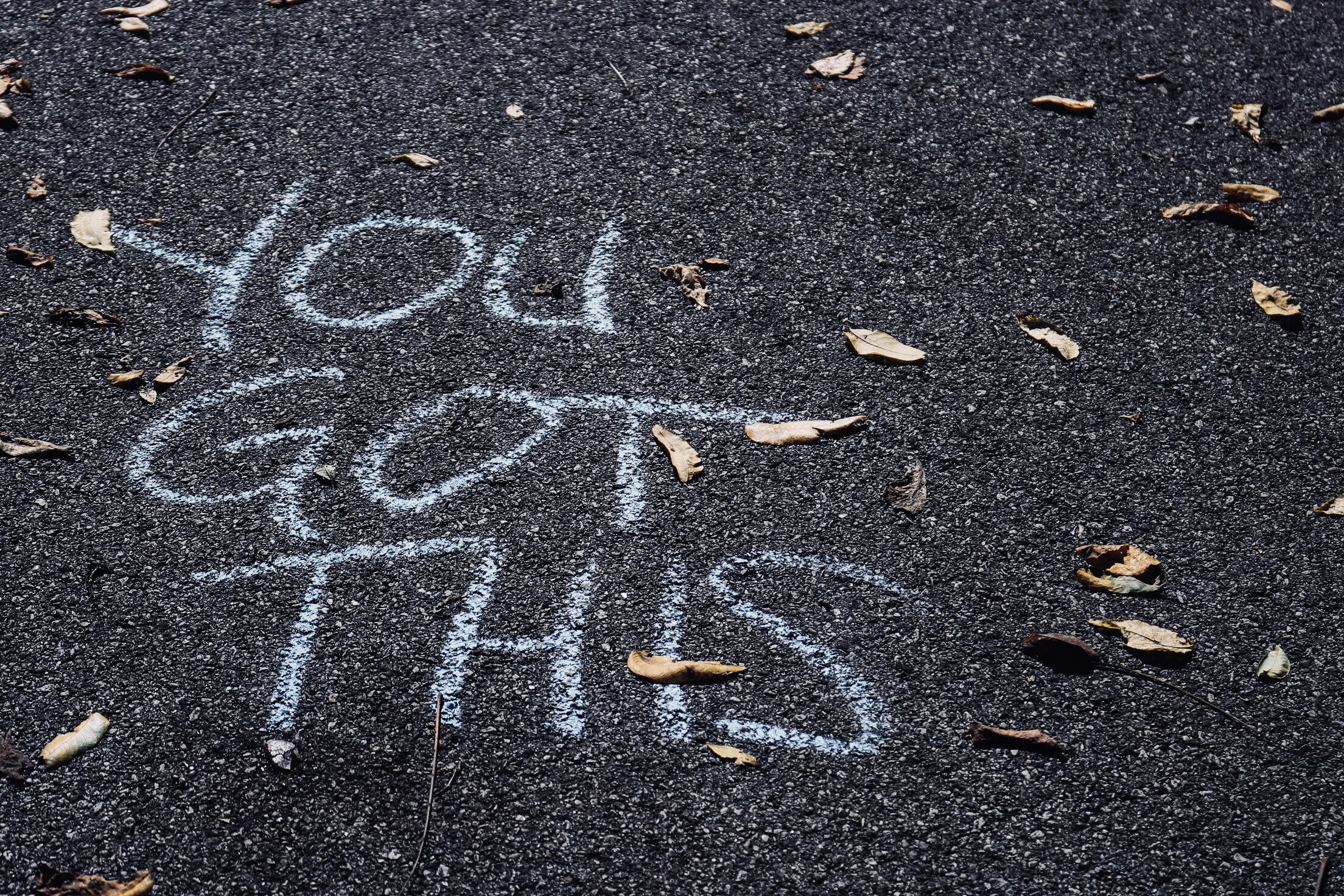Week 1: Mindful Steps
Welcome to the inaugural week of WALK30 2024!
This year, we are thrilled to have the participation of the following cities and organizations in our friendly competition: Burnaby, New Westminster, Translink, Fraser Health, and Vancouver Coastal Health. Let's kick off this competition with mindfulness and purpose!
If you haven't already, take a moment to register yourself or your team and begin tracking your walking minutes.
This week's theme for WALK30 focuses on Mindful Steps and explores how walking contributes to both physical and mental well-being! Walking presents numerous advantages that sedentary lifestyles cannot offer, including:
18% lowered the risk of depression among people who get half of the recommended amount of physical activity every week (or 75 minutes of brisk walking).
Improved physical health outcomes such as increased bone strength, coordination, balance, and heart health.
Famous philosopher Karl Jung, according to his letters, went on walks for up to six hours to improve his health and thought process. While many of us don’t have the time or ability to match Dr. Jung’s incredible numbers, Canadians and British Columbians can significantly improve their wellbeing through even the smallest of trips.
In fact, we likely have a lot of room to grow. Canadians take an average of 4,819 steps per day, which pales in comparison to other countries, including the United Kingdom (5,444 steps), China (6,189), and Chile (5,204). With North American cities normally designed for the car, not the pedestrian, these statistics are not surprising. Still, we can do a lot as individuals and communities to better our lives through active transportation!
Active transportation can come in many forms, including:
Walking to school
Cycling to work
Using your wheelchair to get to the store
Jogging around the block
Skiing, snowboarding, or snow-shoeing
Going for a run
Skateboarding
Rollerblading
When we take more trips outdoors, we are more likely to feel connected to our communities and achieve the physical activity we need to thrive. Even just a brisk walk can produce endorphins, or “feel-good” chemicals in our brains that reduce stress. Active transportation also encourages us to spend more time in nature, which offers a multitude of benefits. People who spend time outside are less likely to face mental health challenges like depression and tend to experience greater levels of happiness, a sense of meaning, and social connection.
The benefits of green spaces are so powerful that scientists are even exploring the therapeutic effects of experiencing nature in virtual reality! While the cause behind this phenomenon is not entirely known, it is clear that walking in nature can have a profound impact on our lives. Aren't we lucky to live in this part of the world with nature surrounding us?
Beyond the personal benefits of active transportation, walking more also improves the health and safety of our towns and cities! Air and water pollution tend to be focused on by most environmentalists, but noise pollution also comes at a great cost to our well-being. Noises like car alarms, loud sirens, and placing homes in areas that are too noisy for our health are causing heart diseases and premature deaths. Researchers are only at the surface of understanding the impact of cars and excessive traffic on our health, but it is clear that if more of us embrace walking and active transportation, we can all live in quieter, safer communities.
For those of us with busy work or family schedules, it can be challenging to find the time needed to walk or exercise outside. According to the 2017 Coleman Canada Outdoor Report, 29% of Canadians spend less than half an hour per week outdoors, or less than five minutes per day. With our lives getting busier and more desk-bound, these statistics are not surprising. Cities in North America also tend to be built around cars, making it harder for pedestrians and residents to regularly walk in their communities.
Do you usually notice how many car-free spaces you walk through? Maybe you also notice that more people love to cycle not only for leisure but to get to work. Would you enjoy walking casually down the street enjoying the scenery, or seeing kids walking and cycling together to school? We can have that when we build cities for people, with public plazas, small narrow streets, and restricting the space for cars.
Share and celebrate personal narratives illustrating how walking has positively impacted mental health and contributed to overall well-being. In the spirit of Mindful Steps, let's embrace walking not merely as a physical activity but as a mindful journey toward enhanced mental and physical health, fostering happiness along the way.
Wishing you joyful steps on your walking journey!



